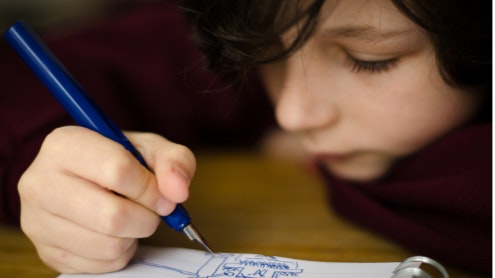Homepage
•
Learning Library
•
Blog
•
3 Note-Taking Strategies To Improve Comprehension
Expand breadcrumbs
Expand breadcrumbs
- Learning Library
- Blog
- 3 Note-Taking Strategies To Improve Comprehension
- Homepage
- •
- Learning Library
- •
- Blog
- •
- 3 Note-Taking Strategies To Improve Comprehension
3 Note-Taking Strategies To Improve Comprehension
By Andrea Trudeau
January 31, 2022








